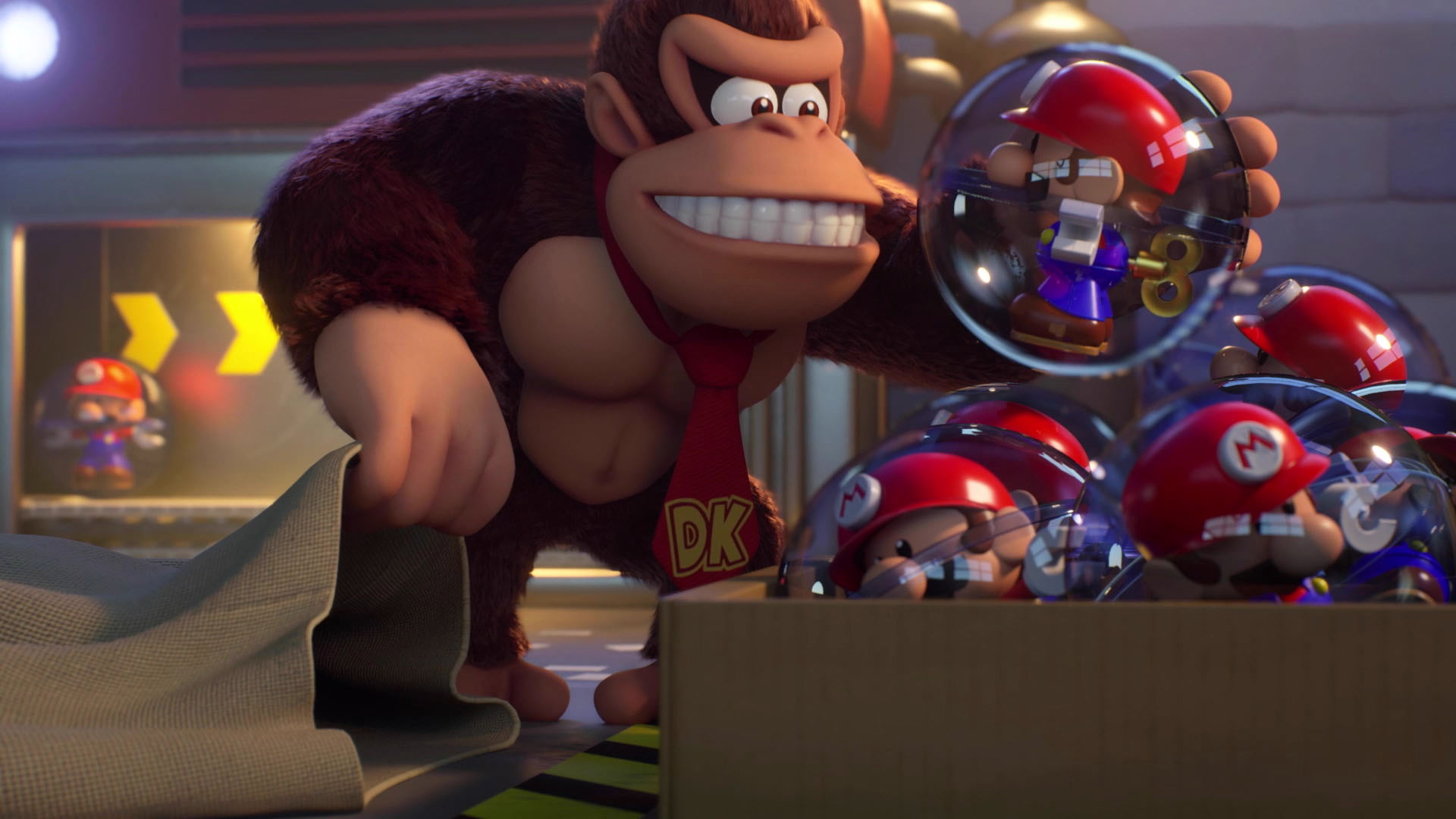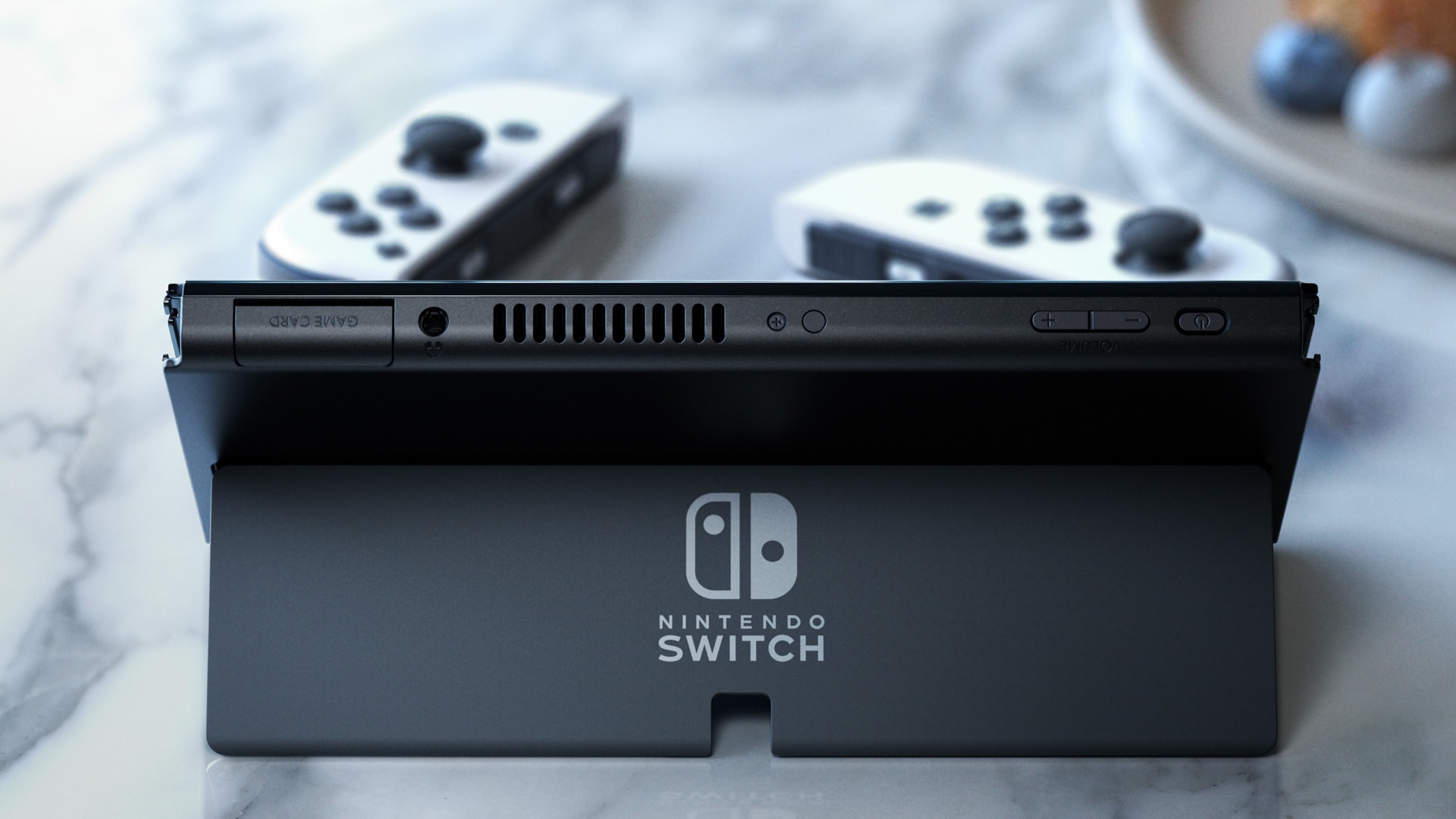[ad_1]
meIt’s safe to say that Nintendo has made a bold statement with the Nintendo Switch, meaning design innovation will always trump raw graphical thickness, and the 140 million units sold to date are a bold testament to this idea. That being said, it would also be safe to say that the Nintendo Switch’s life cycle is definitely over at almost 7 years at this point.
There have been rumors of a new console for quite some time now, and all signs seem to point to Nintendo’s next offering being a hybrid console as well, but whether it ends up being called the Switch 2 or something else remains to be seen thing But the bigger question here is how the console would fare in terms of technical specs and would it be able to compete with the PS5 and Xbox Series X/S for a strong library of third-party games?
We try to answer those questions with this feature, but keep in mind that this is speculation based on available reports on the subject mixed with educated guesswork, so keep your expectations in check accordingly.
cpu

The original Switch has a very interesting processor with eight cores, 4 of the Cortex-A53 type and 4 of the higher power Cortex-A57 type. While this would theoretically put the Switch on par with the PS4 or Xbox One which featured similarly structured octa-core ARM processors, the Nvidia Tegra X1 had a problem as only 4 of the 8 processors at once, which meant that much of the performance was left on the chopping block with the first iteration of the hybrid console.
It’s honestly surprising that Nintendo was able to run such complex physics and build mechanics on an outdated quad-core chip running at 1.3GHz, and we hope these optimizations carry over to the next console. Reports have suggested that Nintendo could still be partnering with Nvidia for the next console, but some have suggested that it could also go the Mediatek route, although it’s more or less confirmed that it would use a custom chip this time around. from a pre-built chip like the Nvidia Tegra X1.
While the actual specs remain a mystery for now, we expect it to have at least 8 physical cores this time around if Nintendo wants to deliver a significant boost in terms of performance capabilities. Operating frequencies are equally important to ensure smooth performance as well, and we expect to see at least a 2GHz base clock with some support for boost clocks when the console is connected to the TV.
gpu
While the CPU is an important part of any system, the true power of a game console is dictated by the graphics processing unit. The original Switch’s GPU featured a total of 256 Maxwell-based CUDA cores running at variable frequencies, and the console’s final output was 393 GFLOPs in docked mode and slightly less in handheld mode. It was a fraction of what the Xbox One and PS4 offered, but clever optimization and clever use of simple art styles meant that Nintendo was able to push some spectacular visuals onto the console without breaking much of a sweat.
With its next iteration, however, we expect a major hit in this sector if Nintendo wants to run cross-platform games on the console. The publisher is unlikely to opt for an AMD-based solution over Nvidia, and might even opt for an APU instead of two discrete chips for processing and graphics. In technical terms, the chip should have 5 TFLOPs of raw graphics thickness and next-generation CUDA cores, and the increase in memory frequencies should help achieve this goal relatively easily.
Hardware-accelerated ray tracing may be too much considering the price and power budget of the hybrid console, but some reports have suggested that the GPU would be based on the new Ampere architecture found in the RTX series cards 3000, so having dedicated RT cores could also be a possibility. But the most interesting thing Nintendo could take advantage of with the Switch 2’s Ampere-based GPU solution is AI augmentation with DLSS. Imagine rendering a game internally at 720p and upscaling it to 1080p with minimal artifacts thanks to the power of DLSS 3.0 (or maybe even a custom solution that trains more efficiently on the hardware in question ).
ram

The original Switch featured a total of 4GB of LPDDR4 memory running at 1331MHz in docked mode, and the lack of sufficient system memory is shown in many games where we can see multiple split-second freezes on the gigantic map. For the Switch 2, we’re expecting something in the neighborhood of 10GB of RAM, though Nintendo might have to build in more memory if they decide to include an APU that shares the same resources on both the CPU and GPU.
Display and playing cards

As for the display, we’ve already seen reports of the Switch’s successor still sporting an 8-inch LCD display. For context, the original Switch has a 6.2-inch screen while the OLED variant has a 7-inch screen, which would make the console’s footprint a bit wider than we’re used to. The decision to go with an LCD screen instead of an OLED panel is mainly to keep costs down, and cutting down on that aspect is far better than cheaping out on the heart of the machine itself. That said, we’re assuming the screen will have a resolution of 1920×1080, and early-gen games shouldn’t have a hard time reaching those output resolutions, given that the console now has the benefit of upscaling mechanisms the AI
As for the media format, reports suggest that Nintendo would continue to use cartridge-style game cards to store physical game media, and that seems a very likely case given that the Switch 2’s form factor It will be very similar to its predecessors. An added benefit of having the playing cards in the same format is the ease of backwards compatibility for both physical and digitally owned games, and while that’s not confirmed at this point, it’s definitely a possibility.
Price point, possible release schedule and conclusion

Nintendo has always tried to keep its consoles affordable, and there’s no reason why that will change with the Switch 2. It’s obvious that consumers will have to pay a premium over the original $300 asking price for the Original Switch, and a popular Nintendo analyst, Dr. Serkan Toto at Gamesindustry.biz has predicted a price of $400, which sounds pretty reasonable for the hardware we discussed above. Games could also cost more, with $70 being the new asking price for Switch 2 games, but that wouldn’t be a surprise as most big-name publishers and platform owners have already raised their prices, so why wouldn’t they?
As for the release schedule, various reports suggest that the Switch 2 should launch sometime in 2024. A typical console cycle lasts 5-7 years (if you exclude the transitional phase, of course) and the Switch has already reached the upper limit. from both ends, which adds an added sense of credibility to these reports. Either way, we’re excited to see what Nintendo brings to the table this generation, and hopefully we won’t have to wait too long.
Note: The views expressed in this article are those of the author and do not necessarily represent the views of, and should not be attributed to, GamingBolt as an organization.
Source: gamingbolt.com
